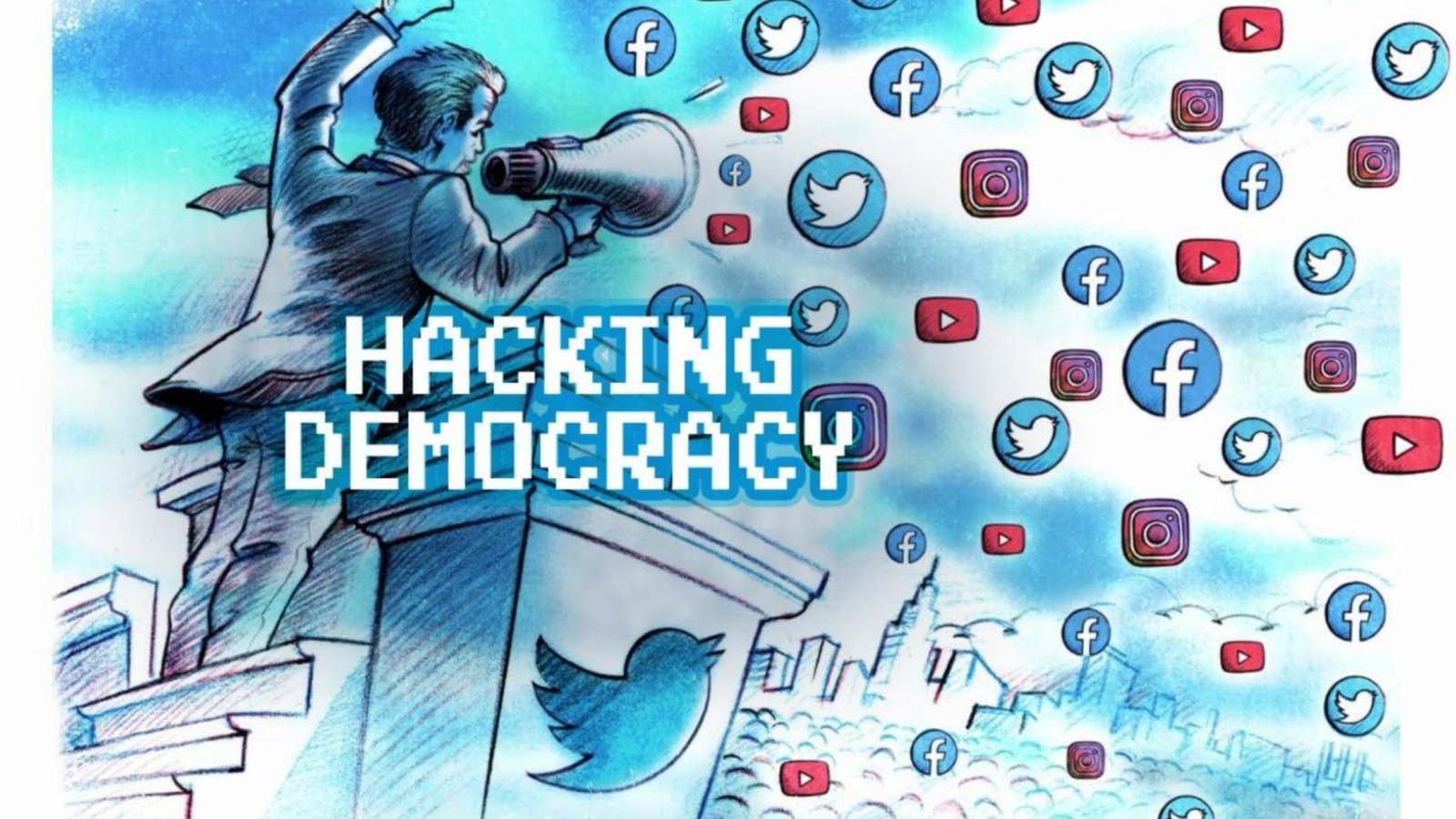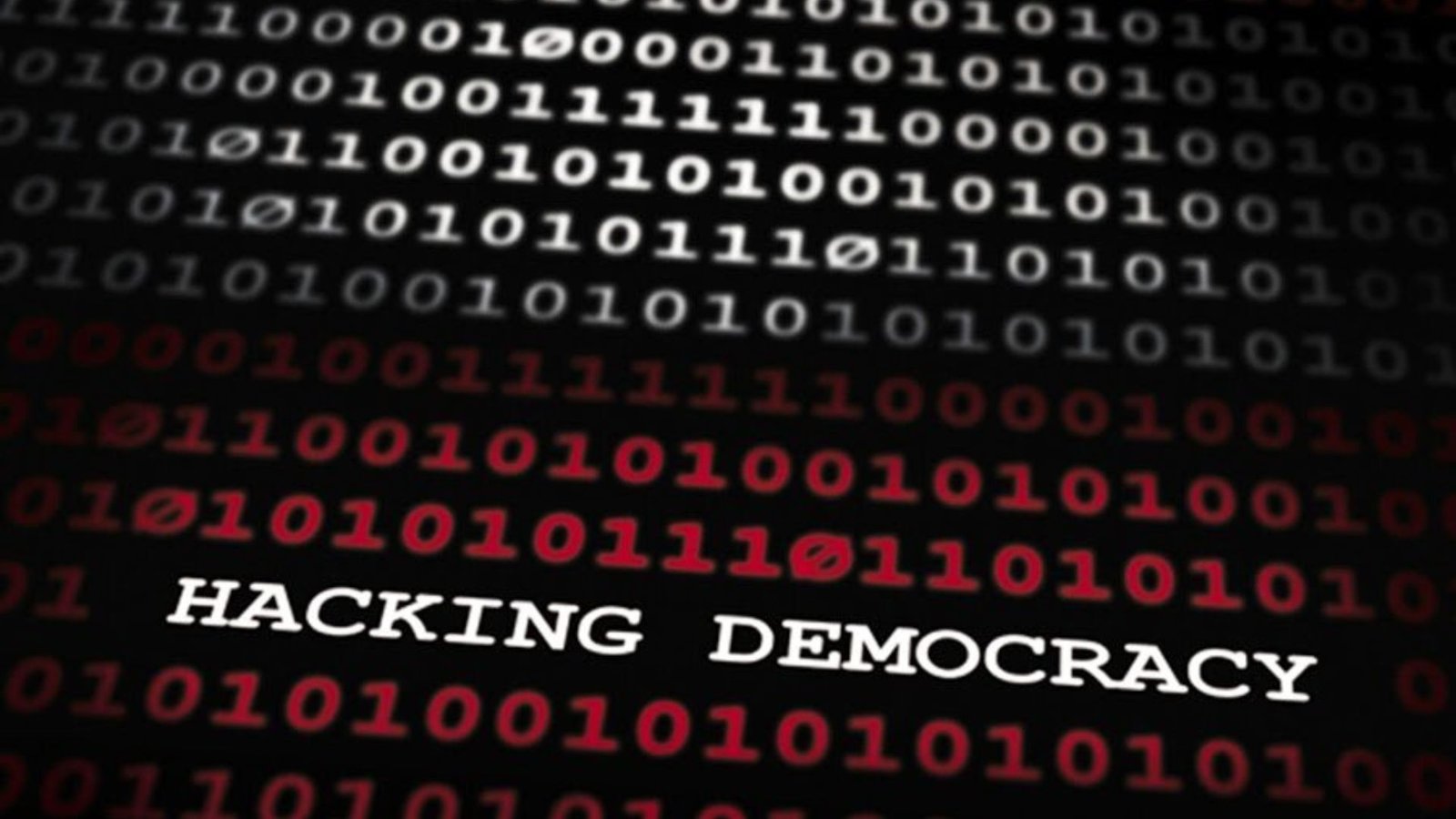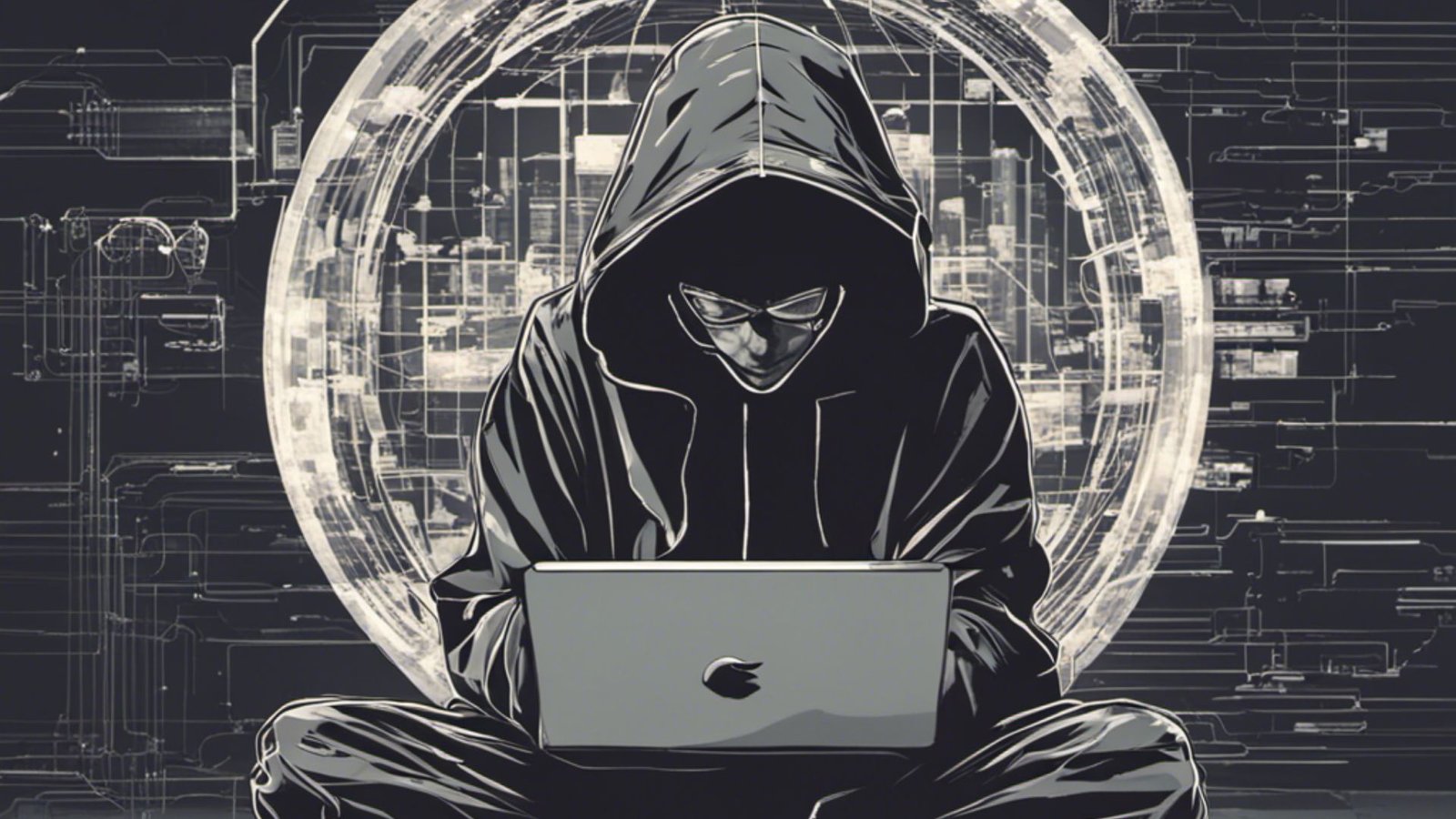Combatting Hacking Threats to Democracy Internationally
A Landscape of Vulnerabilities
E-voting systems, while offering convenience, can introduce vulnerabilities susceptible to hacking, posing a significant risk to the integrity of democratic processes. Software bugs, hardware manipulation, and unauthorized access present potential avenues for malicious actors to compromise the vote, undermining trust in election outcomes. Furthermore, social media platforms have become battlegrounds for disinformation campaigns, where they are weaponized to spread falsehoods, target vulnerable populations with manipulative advertising, and sow discord within the electorate. The viral nature of social media amplifies the reach and impact of such tactics, posing a formidable challenge to the integrity of democratic elections. As technology continues to evolve, governments and electoral bodies must implement robust security measures, enhance transparency in electoral processes, and foster digital literacy among citizens to mitigate the risks associated with e-voting systems and combat the spread of misinformation on social media platforms.

Combatting Hacking Threats to Democracy Internationally
Collaborative Strategies
To combat these multifaceted threats, international cooperation is crucial. Here are some key initiatives undertaken:
Information Sharing and Best Practices
International organizations like the Organization for Security and Co-operation in Europe (OSCE) foster knowledge exchange and promote best practices for securing elections. Sharing experiences and identifying common vulnerabilities allows countries to learn from each other and strengthen their defenses.
Developing International Norms
The international community is actively working towards establishing international norms for conducting secure elections. This includes advocating for transparent campaign financing, promoting responsible use of social media by political actors, and encouraging countries to adhere to cybercrime treaties.
Capacity Building and Technical Assistance
Developed nations are extending technical assistance to developing countries to enhance their cybersecurity infrastructure and bolster their ability to detect and counter cyberattacks targeting their elections. This includes training election officials, providing advanced cybersecurity tools, and sharing expertise in digital forensics.
The Role of International Organizations
The OSCE
Plays a critical role in promoting democratic elections and election security. The organization deploys election observation missions, monitors potential threats, and facilitates dialogue between member states on best practices for securing elections.
The Council of Europe
Develops legal frameworks and standards for protecting human rights and fundamental freedoms in the digital age. This includes promoting measures to safeguard elections from undue influence and manipulation.
The United Nations
Addresses the issue of cybercrime through various initiatives, including the adoption of the International Convention against Cybercrime. This treaty outlines measures to combat cyberattacks, promote international cooperation in investigations, and establish a framework for legal assistance.
Challenges and Considerations
Despite ongoing efforts, several challenges persist:
Rapidly Evolving Threats
Cybercriminals continuously develop new tactics and exploit emerging technologies. International cooperation needs to adapt swiftly to address these ever-changing threats.
National Sovereignty Concerns
Countries might be hesitant to share sensitive information or implement international norms perceived as infringing upon their national sovereignty. Striking a balance between international cooperation and national security interests remains crucial.
The Need for Effective Legislation
Strong national legislation is necessary to deter cyberattacks, hold perpetrators accountable, and empower law enforcement agencies to investigate and prosecute cybercrimes effectively.
The Way Forward
Securing democratic processes requires a multi-stakeholder approach. Here are some crucial steps:
Investing in Cybersecurity Infrastructure
Governments need to allocate adequate resources to strengthen their cybersecurity infrastructure, including securing election management systems and implementing robust cyber defense mechanisms.
Promoting Media Literacy
Equipping citizens with the skills to critically evaluate information online is essential. Educational initiatives can help individuals identify fake news, propaganda, and other forms of manipulative content.
Empowering Civil Society
Civil society organizations play a vital role in monitoring elections, advocating for transparency, and holding authorities accountable for upholding democratic principles.
Conclusion
The international community faces a continuous battle against those seeking to undermine democratic processes. By fostering collaboration, establishing international norms, and investing in robust cybersecurity measures, nations can build a stronger defense against hacking threats.
Continuous vigilance, adaptation, and a commitment to upholding democratic values are crucial in safeguarding the integrity of elections and ensuring the free and fair expression of the will of the people in the digital age.
You might be interested in:






